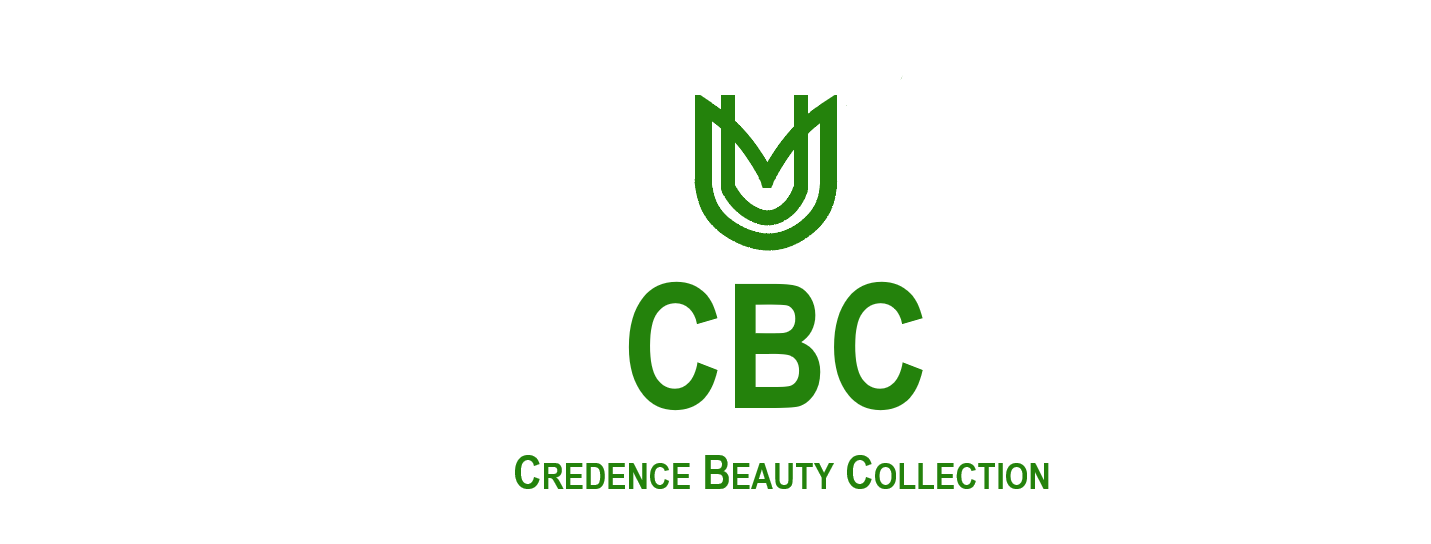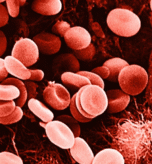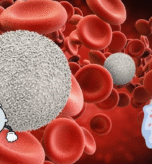The use of makeup dates back thousands of years, with ancient civilizations employing various substances to enhance their appearance. From the Egyptians to modern-day trends, makeup has undergone significant transformations, reflecting the cultural, social, and economic contexts of each era.
Ancient Civilizations (4000 BCE – 500 CE)
- Egyptian Makeup: Egyptians used malachite for eye shadow, kohl (made from galena) for eyeliner, and beeswax to moisturize skin. Makeup signified social status and spiritual significance.
- Greek and Roman Makeup: Greeks and Romans applied ceruse (white lead) for a pale complexion, vermilion for lips and cheeks, and malachite for eye shadow.
Middle Ages (500 – 1500 CE)
During the Middle Ages, makeup was associated with immorality. The focus shifted to skincare and hygiene.
Renaissance to 19th Century (1500 – 1900 CE)
- Renaissance Makeup: Women used ceruse, vermilion, and plant-based dyes to achieve a fashionable look.
- Victorian Era: Makeup was considered taboo, but women secretly used homemade concoctions.
20th Century (1900 – 2000 CE)
- Early 20th Century: Max Factor introduced movie makeup, while Helena Rubinstein and Elizabeth Arden pioneered luxury cosmetics.
- 1920s – 1960s: Makeup became more accepted, with iconic looks like Marilyn Monroe’s signature red lip.
- 1980s: Bold colors and heavy makeup defined the decade.
Modern Era (2000 CE – present)
- Digital Age: Social media platforms like Instagram and YouTube transformed makeup trends.
- Diversity and Inclusivity: Brands expanded shade ranges, catering to diverse skin tones.
- Sustainable Makeup: Eco-friendly packaging and cruelty-free testing gained popularity.
Key Milestones
- 1916: Max Factor introduced the first makeup kits.
- 1930s: Lipstick became a staple.
- 1960s: Eyeshadow and eyeliner gained popularity.
- 1990s: Mineral makeup emerged.
Conclusion
The history of makeup is a rich and fascinating narrative, reflecting humanity’s enduring quest for self-expression and beauty. From ancient rituals to modern trends, makeup continues to evolve, shaping cultures and identities worldwide.
Meta AI response: The Evolution of Makeup: A Journey Through Time The use of makeup dates back thousands of years, with ancient civilizations employing various substances to enhance their appearance. From the Egyptians to modern-day trends, makeup has undergone significant transformations, reflecting the cultural, social, and economic contexts of each era. Ancient Civilizations (4000 BCE – 500 CE) Egyptian Makeup: Egyptians used malachite for eye shadow, kohl (made from galena) for eyeliner, and beeswax to moisturize skin. Makeup signified social status and spiritual significance. Greek and Roman Makeup: Greeks and Romans applied ceruse (white lead) for a pale complexion, vermilion for lips and cheeks, and malachite for eye shadow. Middle Ages (500 – 1500 CE) During the Middle Ages, makeup was associated with immorality. The focus shifted to skincare and hygiene. Renaissance to 19th Century (1500 – 1900 CE) Renaissance Makeup: Women used ceruse, vermilion, and plant-based dyes to achieve a fashionable look. Victorian Era: Makeup was considered taboo, but women secretly used homemade concoctions. 20th Century (1900 – 2000 CE) Early 20th Century: Max Factor introduced movie makeup, while Helena Rubinstein and Elizabeth Arden pioneered luxury cosmetics. 1920s – 1960s: Makeup became more accepted, with iconic looks like Marilyn Monroe’s signature red lip. 1980s: Bold colors and heavy makeup defined the decade. Modern Era (2000 CE – present) Digital Age: Social media platforms like Instagram and YouTube transformed makeup trends. Diversity and Inclusivity: Brands expanded shade ranges, catering to diverse skin tones. Sustainable Makeup: Eco-friendly packaging and cruelty-free testing gained popularity. Key Milestones 1916: Max Factor introduced the first makeup kits. 1930s: Lipstick became a staple. 1960s: Eyeshadow and eyeliner gained popularity. 1990s: Mineral makeup emerged. Conclusion The history of makeup is a rich and fascinating narrative, reflecting humanity’s enduring quest for self-expression and beauty. From ancient rituals to modern trends, makeup continues to evolve, shaping cultures and identities worldwide.



